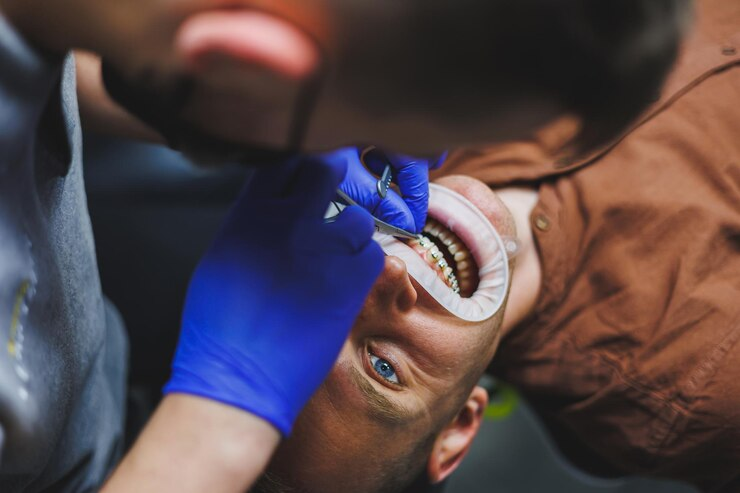Compared to other cosmetic dentistry treatments, teeth bonding is easier. Since this process is so straightforward, it seldom necessitates anaesthesia and only needs to be completed once at the dentist, unless the patient is filling a cavity.
A shade guide is used by the dentist to select a composite resin hue that closely resembles the patient’s natural teeth at the beginning of the treatment. The tooth’s surface is roughened by the dentist, who then administers a liquid to make it possible for the bonding agent to adhere to the tooth.
The skilled dentist coats the liquid with composite resin, forms or moulds the tooth, and then dries the substance under an ultraviolet light.
After the resin has dried, your dentist might further shape the tooth if necessary.
Few steps required for teeth bonding?
The only time anaesthetic is needed for Teeth Bonding St Pete FL is if the patient also requires a filling or the dentist wants to significantly alter the contour of the tooth. If the patient had a chipped tooth that was close to your nerve, they could additionally have anaesthetic because the treatment would irritate it.
- Choosing a composite resin hue that matches patient tooth as closely as feasible is the first step. To ensure that their decision is sound, there dentist will consult a chart.
- The dentist will then get ready to fuse the composite resin to their natural tooth. They begin by putting a bonding agent on top of a rough surface. The composite and liquid have an easier time sticking to the rough surface.
- The composite resin is then applied to the damaged region, where dentist moulds it to fix the damage.
- The UV light is then used to drive everything.
There are two types of tooth bonding
- Adhesive Bonding: This is a procedure where dental resin is used to restore the tooth. Dental putty smooths the tooth after an acid has rubbed it down (which matches your teeth colour is applied). Veneers, bridges, and inlays are frequently created using this method. The putty is hardened by UV curing light, and the required shape is then obtained after reshaping and repeating the previous procedures.
- Direct Composite Bonding: Often, putty is placed immediately to the region and then moulded to fill cavities, repair damaged teeth, and fix gaps. This is a well-known technique for designing smiles! These are frequently referred to as direct composite veneers, however “Bonding” is a more general term. Dental bonding is a fantastic solution for issues such gum recession, tooth elongation, tooth root protection, and tooth contouring. Because they are frequently simple to do and quite economical.

